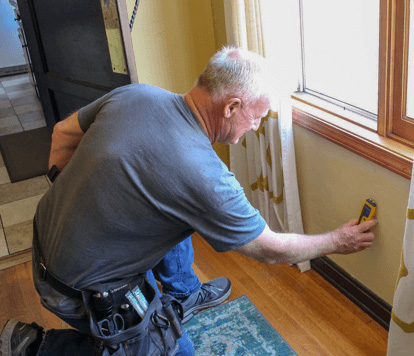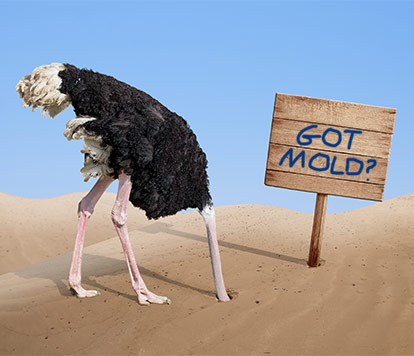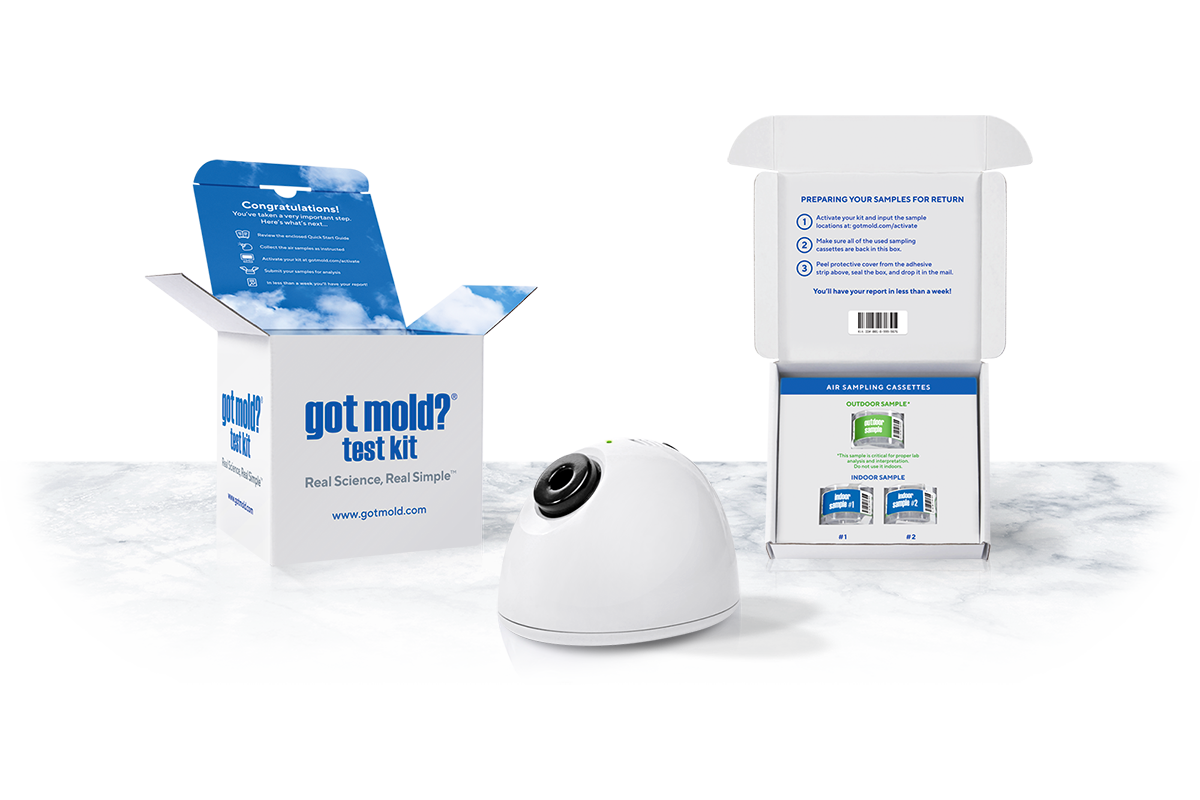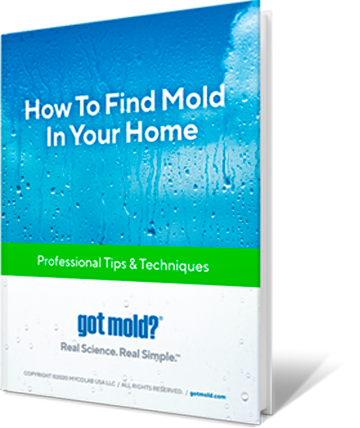
Indoor Mold: Signs, Symptoms & Causes
Are you concerned about mold in your home or workplace? Take control today, and get the answers you need.
Get Your Kit
Who Needs This Kit? 

Renter

Homeowner

Contractor

Teacher

Caregiver

Prosumer / DIY
Common Signs of a Mold Problem
We often say that there are three kinds of mold: The kind you can smell, the kind you can see, and the kind that you can feel. If you smell it, see it, or feel it, you probably have it. Here are some common signs you may have mold problem.

Smell It
Musty Odor

See It
Spots & Water Stains
Window Condensation
Buckled Wood or Paint
Waterbugs, Spiders
and Other Pests

Feel It
And of course, if you feel it…
Common Mold Symptoms
Mold affects everyone differently. To some people, it’s a minor nuisance. To others, it can be life threatening.
Common symptoms associated with short-term exposure include:
- Allergies
- Coughing
- Sneezing
- Wheezing
- Asthma Attacks
- Nasal Congestion
- Runny Nose
- Sinusitis
- Itchy Eyes
- Hives
- Headaches
- Nausea
- Dizziness
- Fatigue
- Difficulty Concentrating
Symptoms associated with chronic exposure include:
- Frequent Respiratory Infections
- Anxiety
- Insomnia
- Depression
- Confusion
- Severe Fatigue
- Weight Gain
- Chemical Sensitivities (MCS/TILT)
- Night Terrors
- Anger “Mold Rage”
- Cognitive Problems
- Memory Loss
- Brain Fog
- Hair Loss
- Tinnitus
Diagnoses closely related to chronic mold exposure:
- CIRS
- MTHFR Gene Mutation
- Chronic Sinusitis
- Lyme
- Fibromyalgia
- ME/CFS
- Sarcoidosis
Common Causes of Mold
Leaks
Floods
Clogged gutters
Poor drainage
Ponding and puddling
Missing exhaust vents
Drying clothes indoor
Broken/missing dehumidifier
Finished basements
Crawlspaces
Failed grout and caulk
Unoccupied property
Take control. End the confusion.
Get the answers you need with the GOT MOLD? Test Kit.




